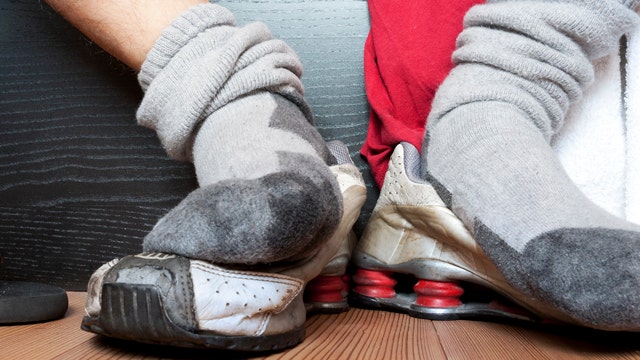How to combat athlete’s foot
The Cleveland Clinic details how to prevent, identify and treat athlete’s foot
As student athletes take the field this fall they may be facing more than a rival team— they may have to deal with athlete’s foot.
According to the Mayo Clinic, athlete’s foot is an fungal infection that usually starts between the toes and strikes people who typically wear tight-fitting shoes, such as soccer cleats.
The first sign of a problem can come in the form of a foul odor coming from your feet.
“Stinkiness comes from moisture, moisture then leads to athlete’s foot,” said Joy Rowland, D.P.M., a podiatrist at Cleveland Clinic.
Other symptoms of athlete’s foot are areas of whiteness or redness, peeling skin and a rash that weeps when scratched. The affected area usually burns or itches.
In some severe cases, the infection can spread to the entire foot, a condition that is referred to as moccasin-type athlete’s foot.
If you have athlete’s foot, there are over-the-counter treatments that you can consider, including anti-fungal sprays, powders and creams. If left untreated, the condition can worsen, Rowland said.
“That can cause a secondary bacterial infection that can spread up the foot and that can be a very aggressive and bad thing,” she said.
Athletes can keep the infection at bay by cleaning their feet with soap and water regularly, especially between the toes. Make sure that your feet are properly dried before you put on your socks and shoes. Additionally, be certain that any footwear is dry and clean before you wear them.
Consult a doctor before trying any new medications and make an appointment if your athlete’s foot persists after treatments.

